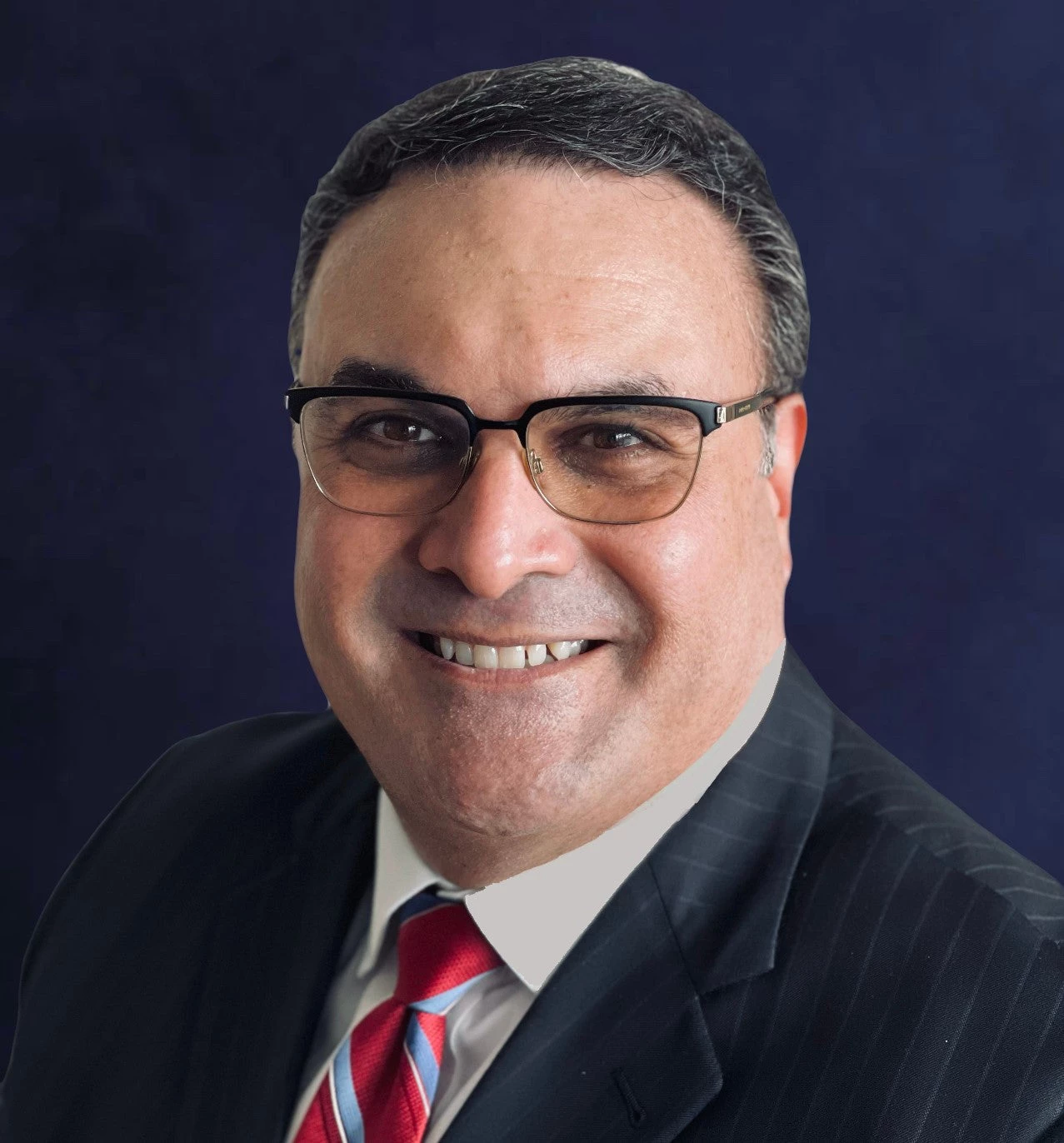
Imagine for a moment that the most advanced spaceship visited Earth in full view of the planet’s inhabitants. From this spaceship, a humanoid life form named Klaatu emerges, followed shortly after by a menacingly large robot. Klaatu’s message to the people of Earth is revealed in one of the climactic exchanges of this story with the protagonist, Helen Benson, a young female scientist that was at the forefront of her field:
Helen Benson: I need to know what’s happening.
Klaatu: This planet is dying. The human race is killing it.
Helen Benson: So you’ve come here to help us.
Klaatu: No, I didn’t.
Helen Benson: You said you came to save us.
Klaatu: I said I came to save the Earth.
Helen Benson: You came to save the Earth… from us. You came to save the Earth from us.
Klaatu: We can’t risk the survival of this planet for the sake of one species.
Helen Benson: What are you saying?
Klaatu: If the Earth dies, you die. If you die, the Earth survives. There are only a handful of planets in the cosmos that are capable of supporting complex life…
Helen Benson: You can’t do this.
Klaatu: …this one can’t be allowed to perish.
Helen Benson: We can change. We can still turn things around.
Klaatu: We’ve watched, we’ve waited and hoped that you would change.
Helen Benson: Please…
Klaatu: It’s reached the tipping point. We have to act.
This conversation is from the 2008 adaptation of Edmund H. North’s 1951 screenplay for The Day the Earth Stood Still, which was based on the 1940 science fiction short story Farewell to the Master by Harry Bates. North’s admonition in the 1950s focused on the nuclear arms race and its extension into space, but the recent reincarnation focused on human impact on the environment, a topic that has garnered much attention as of late.
In 2014, the Intergovernmental Panel on Climate Change (IPCC) indicated that “[h]uman influence on the climate system is clear, and recent anthropogenic emissions of greenhouse gases [GHG] are the highest in history.” The IPCC cautioned that “[w]arming of the climate system is unequivocal and, since the 1950s, many of the observed changes are unprecedented over decades to millennia.” In a sense, the IPCC seemed to echo part of Klaatu’s message – human impact on the climate system is reaching a tipping point, with significant consequences on a planetary scale. This is a global problem!
Unlike Klaatu’s main objective, though, climate change mitigation does not have at its core the planet’s well-being. Rather, it is an effort to protect the human race from the planet’s attempts to balance the impacts from human development. Towards that end, 140 countries gathered in December 2015 at the climate conference (COP21) in Paris to commit to Nationally Determined Contributions (NDCs) to limit global warming to less than 2°C by 2100, and limit warming to 1.5°C on a best effort basis. The implication of this conference is clear: Action is needed now if these objectives are to be achieved within the agreed timeframe.
On April 7, 2016, the World Bank adopted a climate change plan that describes what the institution will do to help its member countries achieve their NDCs. The Bank expects to scale up its support for renewable energy generation to add 20 gigawatts (GW) of new capacity over the next five years, thus doubling the capacity supported by the Bank over the last five years. The Bank also expects to invest in gas-fired generation to bridge its client countries’ transition from more polluting fossil fuel technologies to renewable technologies. But investing in generation capacity alone is not enough.
It is easy to speak of climate change and its implications from the comforts of air-conditioned offices and homes in Europe and the United States. It is completely different to consider the issue from the perspective of the 1.1 billion people who do not yet have any access to electricity, or from the perspective of many politicians that have to balance climate resilient investments with investments in basic life necessities, such as clean water, healthcare, food, and education.
Access to clean, reliable, and affordable energy must be a priority.
In this respect, the Bank’s strategy in the energy sector follows a multi-dimensional approach that promotes climate-smart investments while, at the same time, keeping the Bank’s core mission of ending poverty and expanding shared prosperity squarely within focus. Towards that end, the Bank expects to increase its share of energy efficiency operations by investing $1 billion over the next five years to promote energy efficiency and resilient buildings in urban areas. According to the IEA, half of the potential for reducing GHG emissions will come from energy efficiency gains. Analysis has also demonstrated that investments in increasing energy efficiency typically have higher returns and shorter payback periods than investments in new generation capacity.
The Bank expects to focus on other critical areas as well, such as smart grids and metering technologies, reduction of losses on transmission and distribution systems, and grid control systems. The Bank also expects to work with its client countries in tackling complex policy issues, such as subsidy reforms, regulations, reduction of gas flaring, and mining/extractives strategies.
Time for discussing climate change, however, has passed. As Professor Barnhardt told Klaatu in The Day the Earth Stood Still when faced with alien eradication of the human race to save the planet, “you say we're on the brink of destruction and you're right. But it's only on the brink that people find the will to change. Only at the precipice do we evolve.” Let’s use the opportunity wisely and quickly.


Join the Conversation